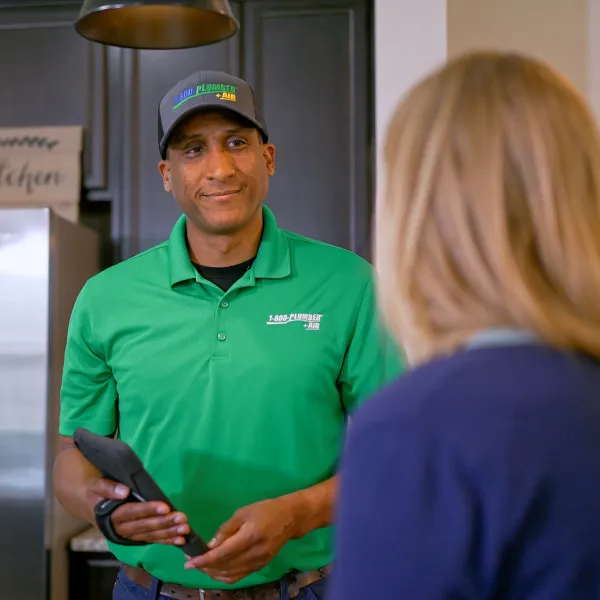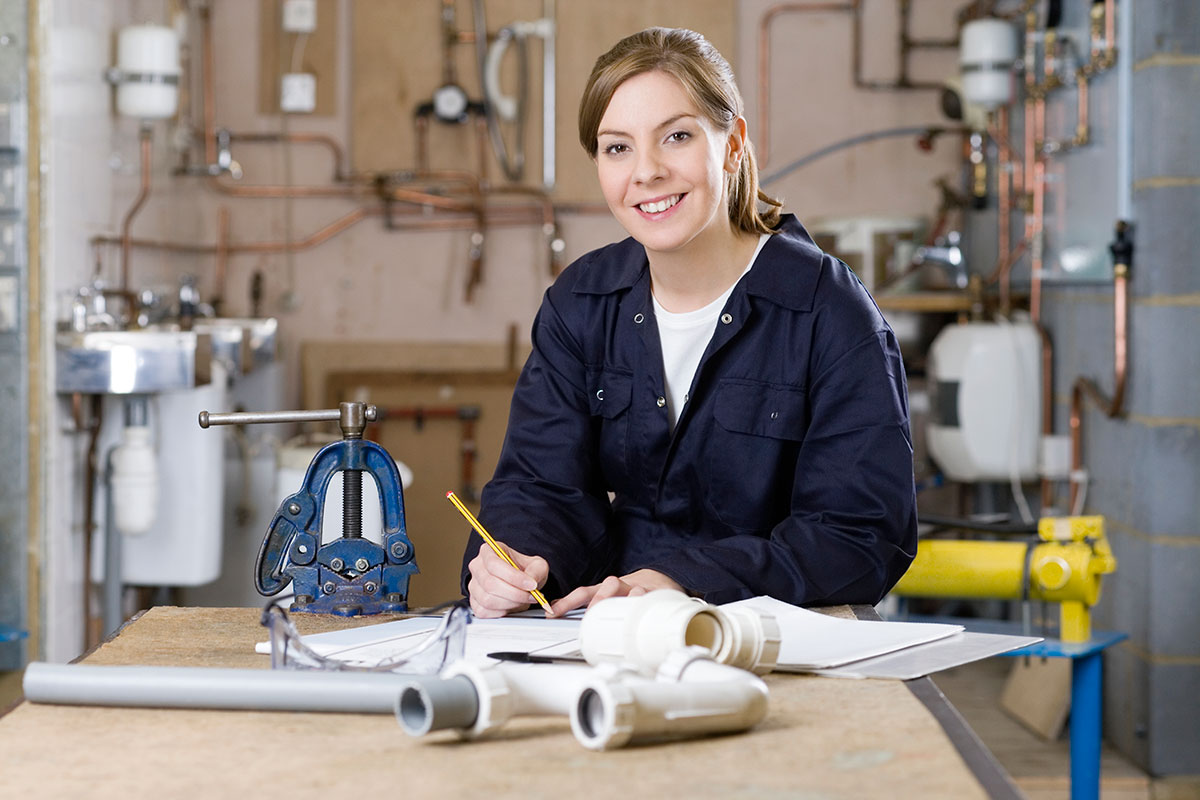Necessary Plumbing Alabaster AL Tips for Homeowners
Necessary Plumbing Alabaster AL Tips for Homeowners
Blog Article
A Step-by-Step Guide to Efficient Water Heating Unit Setup for Optimal Performance
Beginning on the task of setting up a water heating unit is a venture that demands accuracy and an organized approach for attaining optimum performance. As you proceed, the complexities of connecting water supply lines and setting up dependable electric or gas links await, appealing insights right into guaranteeing efficiency and dependability.
Selecting the Right Water Heater

Next, take into consideration the size and capability of the hot water heater. It's vital to evaluate your house's warm water requirements, which can differ based on the number of passengers and their usage patterns. A device that's also tiny may cause inadequate hot water, while an extra-large version may cause unneeded energy usage.
Performance scores also play a critical role in choice. Seek hot water heater with high Energy Factor (EF) ratings, suggesting superior efficiency and lowered energy usage. Tankless versions, though normally a lot more pricey ahead of time, offer considerable energy financial savings over time as a result of their on-demand heating abilities.
Preparing the Setup Area
Prior to mounting a new water heating unit, meticulous preparation of the setup area is vital. It's critical to measure the room thoroughly to accommodate the water heating system's measurements, guaranteeing appropriate clearance around the system for reliable operation and maintenance.
Next, get rid of any kind of particles, dirt, or blockages from the website to develop a tidy atmosphere. Check the flooring for security, as the hot water heater will certainly need a solid, level surface to run successfully. If necessary, install a drip pan underneath the unit to capture prospective leakages or spills, preventing water damage to the surrounding location. In regions vulnerable to seismic activity, think about setting up seismic bands to safeguard the heating unit securely in area.
Additionally, guarantee that all required devices and products are on hand prior to commencing the installment. This consists of products such as wrenches, screwdrivers, a degree, and any kind of additional hardware needed for mounting and protecting the heating unit. A well-prepared installation location establishes the foundation for a successful hot water heater arrangement, maximizing performance and safety.
Connecting Water System Lines
When connecting water lines to your freshly mounted water heating unit, it is vital to ensure that all links are safe and leak-free to keep effective procedure and avoid water damage. Begin by determining the hot and cool water system lines. The cold water inlet is generally noted with a blue label or a "C", while the hot water outlet is marked with a red label or an "H".
Use versatile water heater connectors to facilitate a much easier setup process. Prior to attaching the ports, put a plumbing technician's tape around the threaded ends of the water heating unit's inlet and electrical outlet pipelines.
When links remain in visit area, gradually switch on the main water system shutoff. Evaluate each link for leaks by visually examining and really feeling for moisture. Tighten up links as essential, and ensure the stress safety valve is appropriately set up, guarding against extreme stress build-up.
Establishing Up Electric or Gas Connections
Correctly establishing the electric or gas connections for your water heater is an essential step to make certain efficient and secure operation. For electric hot water heater, start by confirming that the electrical circuit is compatible with the heater's voltage and amperage needs. Ensure the power supply is transformed off at the circuit breaker to protect against accidents. Link the electric cables to the heating unit complying with the producer's wiring representation. Normally, this entails linking the ground cable to the green terminal, and the remaining cords to their matching terminals, safeguarding each with cord nuts.
For gas hot water heater, security is critical. Confirm that the gas supply is off before proceeding. Attach the gas line to the water internet heating system utilizing an adaptable gas adapter, guaranteeing it is correctly threaded and sealed with pipeline joint compound or Teflon tape appropriate for gas connections. Tighten up the links with a wrench, taking care not to over-tighten (Plumber Alabaster AL).
Once links are made, inspect for any kind of potential leaks. For gas lines, use a soapy water option to the joints; bubbles indicate a leak. For electrical connections, ascertain that all electrical wiring is protected and appropriately insulated, preserving compliance with regional electrical codes.
Examining and Readjusting for Efficiency
With the electric and gas connections safely in place, the following step is reviewing the operational efficiency of your water heating unit. Begin by thoroughly transforming on the water supply and ensuring there are no leaks at any of the valves or joints.
Next, carry out an extensive inspection to guarantee the burner or burner are operating appropriately. For electrical heating units, make use of a multimeter to validate if the components are drawing the suitable present. In gas models, observe the heater fire; it must use this link be steady and blue, indicating efficient combustion.
Adjust the setups as required to eliminate inadequacies. Think about executing insulation steps, such as including a hot water heater blanket, to even more improve performance by lessening warm loss. Additionally, inspect the anode pole's problem, as a worn-out rod can minimize effectiveness and result in container corrosion.
Verdict
Effective water heater installment is essential for guaranteeing optimal efficiency and energy savings. By choosing the ideal kind and size, and diligently preparing the installment location, a structure for success is established. Securely linking supply of water lines and thoroughly establishing electric or gas connections minimize potential concerns. Comprehensive testing for leaks and precise thermostat modifications to 120 ° F improve dependability and performance. Complying with these actions promotes lasting performance and power conservation in residential water heater.

Correctly setting up the electric or gas links for your water heating unit is a crucial step to make sure safe and reliable procedure. For electrical water heating systems, start by confirming that the electric circuit is suitable with the heating system's voltage and amperage demands. Link the gas line to the water heater making use of a versatile gas connector, guaranteeing it is correctly threaded and secured with pipe joint compound or Teflon tape appropriate for gas connections.
Report this page